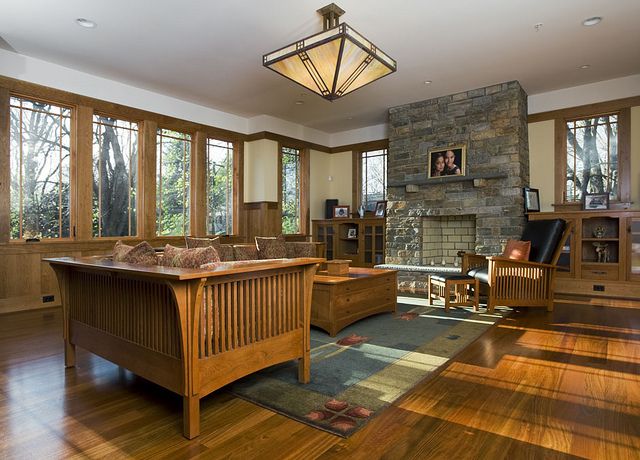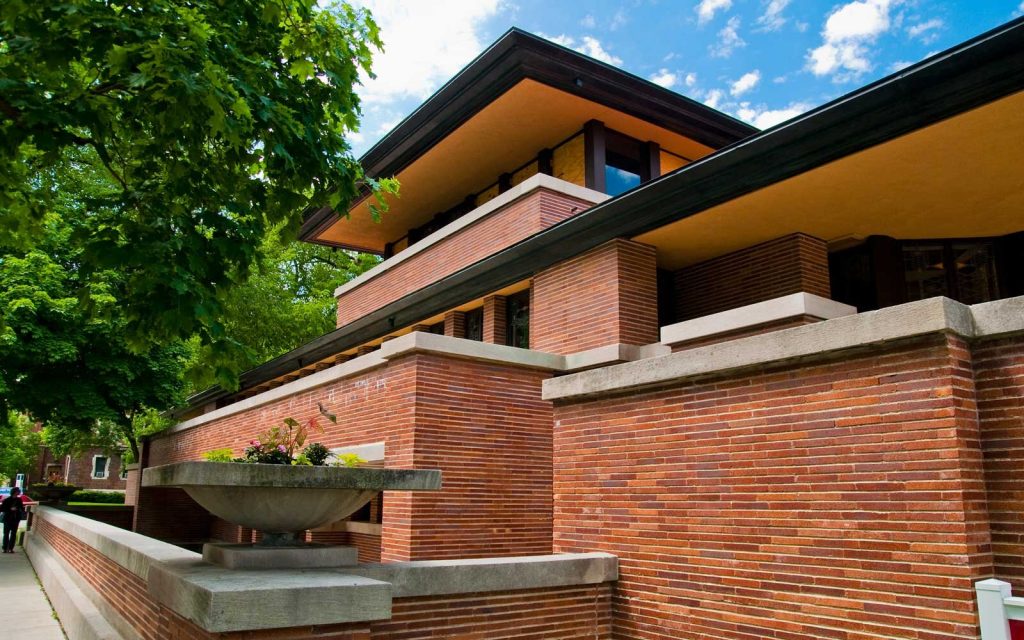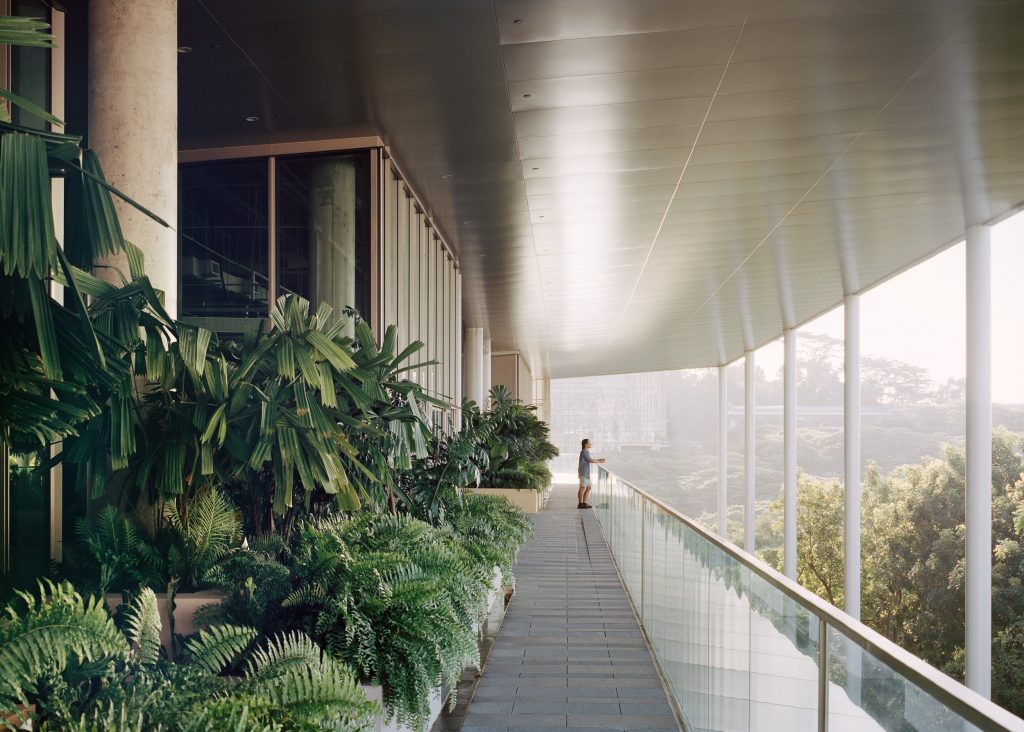When nature triumphs functionality
As someone growing up in the 21st century, some of my earliest memories are tied to climate change. I remember attending an assembly in elementary school and watching a video that the 6th graders made about greenhouse gases and the destruction of the earth. Perhaps one of the most pressing issues in anyone’s day-to-day life is global warming.
In the general public, there’s a want to be as environmentally friendly as possible, searching for opportunities to save water, conserve electricity or reduce one’s carbon footprint. This includes living as consciously as possible. Although certain routines can lead to lower carbon emissions, sustainable architecture as a solution is on the rise in the design and architectural circles. If one looks back into the history of architecture, there is a movement that was aware of nature, that could serve as a model for environmentally friendly architecture: the prairie style.

(https://www.nps.gov/articles/000/the-20th-century-architecture-of-frank-lloyd-wright-world-heritage-site.htm)
The love child of infrastructure and nature
The prairie style was a movement in architecture that focuses on the environment surrounding architecture.
American architects were understandably tired of the European tendency of rebirthing classical architectural forms, as was the case during the early 20th century. Ornate facades, intricate columns, and interweaving metalwork were all prominent in European architecture at the time. The American architects wanted to break away completely from tradition, and thus they turned to the “prairie style” of houses. Here, not dissimilar from the arts and crafts movement, nature played a big role. It would be a key component to how buildings would be designed
Taking the center front stage, the interaction between environment and house was the main principle of prairie architecture.

(https://franklloydwright.org/site/taliesin-hillside/)
Architectural elements that popped up were open spaces that let in lots of light and air, large windows with a view out into greenery, and simple interior designs that meshed well with the curves and edges of natural elements. Buildings should be humble and prioritize functionality over decoration. Despite focusing on the function of design, the style didn’t revolve around it in such extreme ways as the Bauhaus school did.

(https://www.pinterest.com/pin/516295544754843117/ )
Frank Lloyd Wright – The champion of the prairie
The Prairie style was founded by Frank Lloyd Wright. A young American architect, part of the “The New School of the Middle West”, he is nowadays considered the “greatest American architect of all time”. He started designing houses for the prairie, hence the name of the style, before exploring his style through international commissions. He then founded the Taliesin Fellowship, hoping to teach others about his Prairie style through involving them in his projects.
Inspired by Prairie houses, some of his notable works include the “Robie House” and are characterized by two- or one-story buildings.

https://www.travelandleisure.com/travel-news/robie-house-frank-lloyd-wright
By the end of his career, he had designed over 1100 works and over 500 had been turned into actual buildings. He was internationally acclaimed and traveled the world holding lectures about his architecture

https://franklloydwright.org/
The future of architecture – design during the climate crisis
As mentioned in my introduction, the prairie style can serve as a basis for sustainable architecture. The main idea of having our external and internal climates communicate with each other is key for moving forward and creating infrastructure in a world plagued with a climate crisis. The external world is ever-changing, especially rapidly and dangerously nowadays. If we can re-learn to link our everyday life to our climate, the degree of separation between everyday people and the world they’re destroying will be one step closer to smaller. Getting in touch with nature again, especially in places such as urban areas, is key to developing an architecture that not only is aware, but proactive with our environment. I believe that the prairie style could be the transitional style between our present way of living and the much-needed, climate active, future way of living.

https://www.straitstimes.com/singapore/when-good-design-works-with-nature-to-shape-a-sustainable-future
Sources:
https://franklloydwright.org/frank-lloyd-wright/
https://www.britannica.com/topic/Robie-House
https://www.thespruce.com/prairie-style-architecture-4797907
https://www.architecture.org/learn/resources/architecture-dictionary/entry/prairie-style/
Leave a Reply